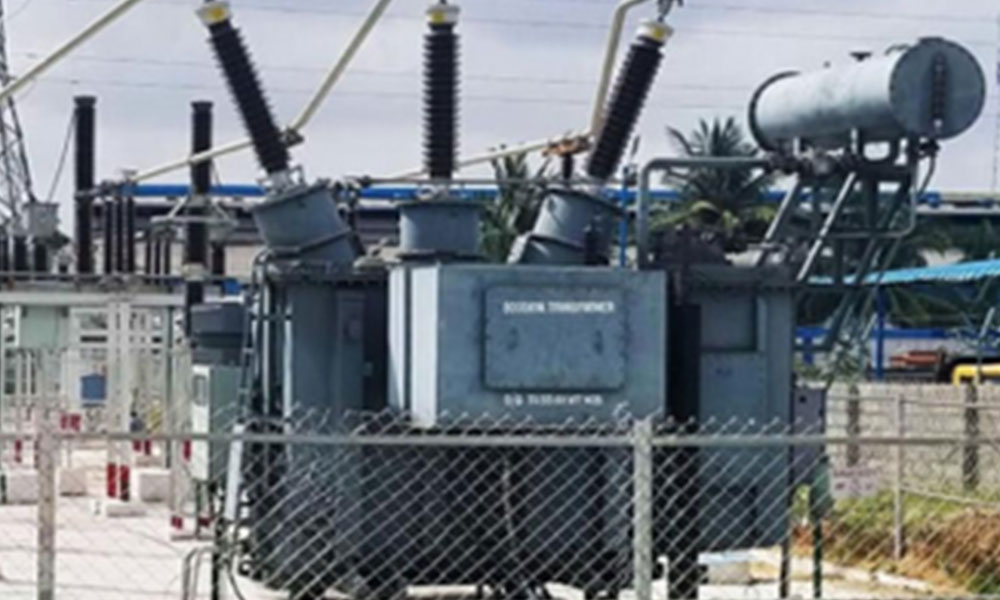
Problem Statement: Are you aware of active fault condition being developed in your transformers?
One of the largest solar IPP companies in India was struggling with partial discharge leading to transformer failures. They largely struggled with immediate transformer failure due to partial discharge (PD) AKA corona discharges and dielectric failure within 3 years of asset operations.
Why are transformers so critical in the solar photovoltaic power plant?
Transformers are one of the most critical assets in the solar photovoltaic power generation plant and is are typically the single point of power evacuation into the grid. They are also one of the single points of failure in the plant, which can result in massive generation loss for multiple days till the replacement is not commissioned. These assets have a typical life between 10-20 years depending on the technical specifications and technology.
There are two types of transformers used on the solar PV power plant for uplifting the voltage to match the power grid supply.
Figure 1. Transformers are one of the most critical assets in the solar photovoltaic power plants. There are primarily two types of transformer used in the plant IDT and PT and their life is typically 10-20 years.

Figure 2. Good Winding Insulation Paper
Root Causes: How can you predict active fault conditions in transformer using data analytics?
One of the most frequent failures in transformers is partial discharge AKA corona discharges and dielectric failure. Dielectric failure occurs in the winding due to breakdown/burn out in the turn-toturn insulation paper wrapped around the copper coils in the winding. Typically, partial discharge occurs on the HV coils of the winding in the area.
The following conditions are potential root causes of partial discharge in transformers:
- Overloaded Operating Conditions
- High current or voltage above the rated values i.e. power loading
- Assembly Workmanship
- Voids in insulation paper on copper coil cover
- Dust particles on copper coil during manufacturing
- OEM Material Quality
- Cracks or poor quality of copper at the copper coil curvature/bending
The active fault condition for the PD failure can be detected well in advance using Apollo’s Asset Health Analytics ML model and Stream Analytics technology. The predictive alert by the Apollo system allows the O&M team to carry specialised checkslike high voltage power source, or on-line as the transformer is energized along with DGA analysisto understand the extent of damage in the active fault conditions.

Figure 3. Bad insulation paper due to partial discharge
Our Approach:
Apollo’s Asset Health ML Model
- Analysing trends of oil and winding temperatures profiles and detect increase in abnormal heating conditions under normal operating conditions.
- Deriving the active fault condition based on the ML model and identify the contribution factors to predict the failure probability.
Apollo’s Stream Analytics Engine
- Realtime raise alerts for anomaly detection resulting due to active fault conditions observed in the temperatures signature of oil and winding.
- Highlighting the severity of anomaly in the behaviour.

Figure 4: A sample on temperature vs time for a faulty transformer.
Our Solution:
Apollo recommendation system directed to carry out physical inspection for faulty transformer
- Raising predictive maintenance ticket to the O&M engineer for specialised checks.
- Oil Dissolved Gas Analysis.
- High Voltage Power Source Check.
Benefits To Client:
- Customer prevented potential failures in active fault transformers across the portfolio.
- Transformer failure takes minimum of 24 hours to 72 hours of downtime, thereby saving generation loss of approx. 30,000 kWh for a 2.2 MVA IDT.





